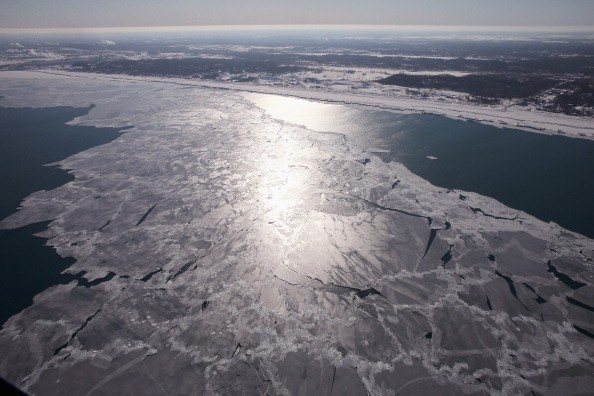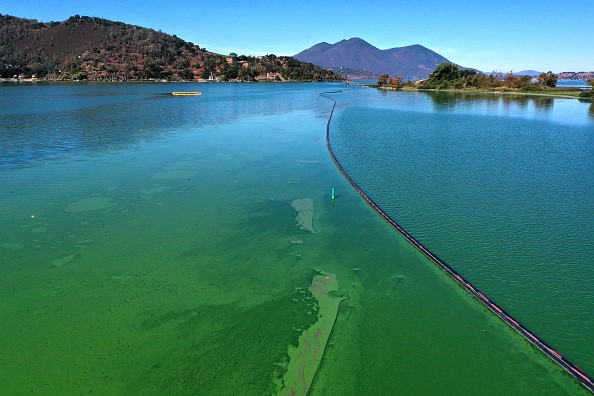When Lake Suwa in Japan becomes frozen during winter, locals are convinced that the Shinto male god Takeminakata passes the frozen lake along with a dragon to pay a visit to the female god called Yasakatome. Takeminakata leaves just his footsteps on the ice in the form of omiwatari - a sinusoidal ice ridge.

Rapid Ice loss in Lakes
In 1397, Shinto priests started commemorating the omiwatari's arrival. They utilized the omiwatari's cracks to anticipate the summer's agricultural yield.
Lake Suwa froze every year during the first 250 years, except for three years when the area was famine-stricken. But since 2000, the lake has only frozen seven times.
Lake Suwa is one of several Northern Hemisphere lakes melting ice fast. The study discovered that ice forms and melts slower on certain lakes, resulting in a shorter seasonal ice cover. Many lakes have had the shortest ice seasons ever observed in recent decades.
The loss of ice cover in northern lakes will have serious ecological and cultural implications, according to Phys.org.
Since the Industrial Revolution, ice duration has decreased by almost two weeks every century, with lakes losing up to 34% of their ice cover. In the last 25 years, lakes have lost ice six times quicker than in the previous 100 years.
Many lakes, including Lake Suwa and the North American Great Lakes are ice-free in certain winters. Large, deep lakes in colder climates, as well as lakes at lower latitudes, are particularly susceptible to ice-free winters.
Large, deep lakes, like the North American Great Lakes, need frigid temperatures to calm their waters enough for ice to develop.
Effects of Ice Loss
Lake Superior is one of the world's hottest lakes. It has lost nearly two months of ice since 1867. Removing the ice "lid" increases evaporation rates in Lake Superior and many other Northern Hemisphere lakes, influencing water supply.
The potential for year-round evaporation grows when lakes become ice-free and the physical barrier between the lake surface and the atmosphere is eliminated.
Lake ecology may be impacted year-round by ice loss. Summer blue-green algal blooms (cyanobacterial blooms) are a result of less ice cover, higher temperatures, and more storm events.
Cyanobacterial blooms were formerly considered impossible in the cold, deep, and clean waters of Lake Superior.
Algal blooms are increasing thicker in some lakes, reducing sunlight reaching deeper waters. Less sunshine means less photosynthesis, which means less dissolved oxygen accessible for aquatic life.

A World Without Lake Ice
By the end of the century, about 5,700 lakes may have permanently lost their ice cover owing to global warming. In the case of global warming, large deep lakes like Lake Michigan and Superior may lose their ice cover permanently by the 2060s.
Our analysis shows that rising greenhouse gas emissions during the Industrial Revolution are the sole explanation for current worldwide lake ice loss. Limiting greenhouse gas emissions is the only way to mitigate climate change and maintain lake ice cover.
Ice cover is a way of life in the north. Ice fishing events are frequently being canceled, affecting the local economy. Winter ice fishing on Lake Winnipeg alone produces over $200 million annually.
Finally, sustaining the ice cover is vital to the Suwa Shintos' spiritual practices. According to climate estimates, the lake will seldom freeze in the near future and will never freeze beyond 2040.
Related Article : Rising Sea Levels Due to Greenland's Ice Loss Can Exponentially Increase Global Flood Risk
For more news, updates about ice loss and similar topics don't forget to follow Nature World News!
© 2026 NatureWorldNews.com All rights reserved. Do not reproduce without permission.





